Guide to Training Your Dog to Go to Their Place
Understanding the Importance of Place Training
Teaching your dog a place command is a fundamental aspect of dog training, offering numerous benefits beyond simply keeping your dog in a designated area. It fosters a sense of structure and predictability in your dog's life, reducing anxiety and promoting a calm demeanor. A well-trained dog that understands place is more likely to remain calm during distractions and stressful situations, making them a more well-adjusted and reliable companion.
Furthermore, place training provides a safe space for your dog. This designated area becomes a refuge, allowing them to retreat when feeling overwhelmed or needing a moment of peace. This is particularly valuable for anxious or reactive dogs, providing a controlled environment for them to manage their emotions.
Preparing Your Dog and Environment for Success
Before starting any training, it's crucial to create a positive and encouraging environment. Ensure your dog is in a relaxed mood, free from distractions, and has had adequate exercise. Choose a comfortable and inviting place for your dog, ideally a cozy mat or bed. Avoid using a harsh or confining space.
Familiarize your dog with the chosen location in advance, allowing them to explore it freely and associate it with positive experiences. This preparation builds a strong foundation for future training sessions.
Introducing the Place Command
Start by gently guiding your dog to their designated spot and verbally cueing Place. Use a happy and encouraging tone of voice. Reward your dog immediately with a tasty treat and praise as soon as their paws touch the designated spot. Consistency is key here; every time they enter the designated area, reward them immediately.
Reinforcing the Place Command
Gradually increase the duration your dog must stay in their place. Begin with short intervals, rewarding them for staying for a few seconds before gradually increasing the time. Use positive reinforcement, like treats or praise, to motivate and encourage your dog to remain in place.
Introduce short distractions, such as a soft toy or a person walking by, to challenge your dog and reward them for staying in place. This helps your dog learn to ignore distractions and maintain focus.
Addressing Challenges and Avoiding Mistakes
One common challenge is your dog getting up from their place. Instead of punishing them, gently guide them back to their spot using positive reinforcement. Maintain a calm and patient tone, and re-introduce the command and reward system.
Another potential obstacle is your dog becoming overly excited. Take breaks when necessary, ensuring your dog is not overwhelmed. Gradually increase the duration of training sessions, allowing for rest and relaxation.
Using the Place Command in Different Environments
Once your dog has mastered the place command in a familiar environment, gradually introduce it in different settings. Start in a quiet room, then a slightly noisier room, and eventually more distracting places. Remember to praise and reward your dog consistently, adapting to the new environment and distractions.
This gradual introduction helps your dog adapt to various environments and situations, making it a versatile command useful in different settings, from home to a dog park.
Troubleshooting and Maintaining Consistency
If you encounter difficulties, review your training methods and identify any areas needing adjustment. Ensure consistency in your commands and rewards, maintaining a positive and encouraging atmosphere throughout the training process. Seek professional guidance if needed, as a certified dog trainer can offer valuable insights and personalized advice.
Remember, patience and consistency are essential for success. Celebrate every small victory and reinforce positive behaviors to build a strong and trusting bond with your dog.
Modern agricultural practices rely heavily on real-time data acquisition to optimize crop management. This involves deploying sensors and devices that continuously monitor various parameters, such as temperature, humidity, soil moisture, and light intensity. This continuous data stream provides crucial insights into the current state of the crop, enabling timely interventions to address potential issues and optimize yields. The ability to analyze this data immediately allows farmers to make informed decisions about irrigation, fertilization, and pest control, potentially minimizing losses and maximizing efficiency.
Addressing Common Challenges and Troubleshooting Strategies
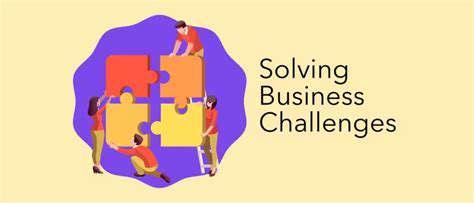
Overcoming Communication Barriers
Effective communication is crucial for any successful project or team. Misunderstandings and misinterpretations can quickly derail progress and create conflict. Addressing these communication barriers requires a proactive approach, including clear and concise language, active listening, and regular feedback mechanisms. For example, utilizing visual aids or demonstrating processes can help ensure everyone is on the same page. This also involves understanding diverse communication styles and adapting your approach accordingly. Strong communication sets the stage for collaboration and trust, which are indispensable for achieving shared goals.
Different communication styles can lead to misunderstandings. Some individuals prefer direct and concise communication, while others may prefer more nuanced and indirect approaches. Recognizing and respecting these differences is essential for productive dialogue. Learning to adapt your communication style to different individuals and situations can significantly improve the overall team dynamic and reduce the likelihood of misinterpretations. This adaptability fosters an environment where everyone feels heard and understood, leading to more effective problem-solving and decision-making.
Managing Time Effectively and Prioritizing Tasks
Time management is a fundamental skill for any professional. Effective time management involves prioritizing tasks based on urgency and importance. This requires a structured approach to scheduling and task delegation, allowing for efficient allocation of time and resources. Understanding personal productivity patterns and adapting work processes accordingly can significantly improve output and reduce stress. This includes techniques such as the Eisenhower Matrix and time blocking to maximize efficiency.
Prioritizing tasks effectively is crucial to achieving goals. Identifying tasks that are both urgent and important allows for a focused approach to problem-solving. Breaking down large projects into smaller, manageable tasks can make the workload feel less overwhelming. This approach not only increases productivity but also enhances the ability to meet deadlines and deliver high-quality results.
A key aspect of time management is the ability to say no to non-essential tasks or commitments. Learning to delegate tasks when possible and to avoid overcommitting is essential for maintaining a healthy work-life balance. This proactive approach to time allocation ensures that resources are focused on the most critical aspects of a project.
Delegation is an often overlooked but crucial part of effective time management. Identifying tasks that can be delegated to others frees up valuable time for more strategic and higher-level activities. This not only increases efficiency but also fosters teamwork and collaboration.
Using tools such as project management software or calendars can help track progress, set deadlines, and manage tasks efficiently. This structured approach to planning and execution ensures that projects stay on schedule, maintain quality, and meet objectives.
Read more about Guide to Training Your Dog to Go to Their Place
Hot Recommendations
- Funny Things My Fish Do
- Common Livestock Illnesses as Pets
- The Story of How My Cat Became Friends with [Other Animal]
- Guide to Summer Pet Care [Tips for Heat]
- How to Care for a Ferret
- Best Pet Health Tracking Apps
- How to Volunteer at Your Local Animal Shelter
- How to Prepare for a Pet Emergency [Checklist]
- Tips for Managing Pet Diabetes at Home
- My Story of Fostering a Bird

![Review: [Specific Brand] Reptile Food](/static/images/33/2025-05/EaseofUseandFeedingExperience.jpg)

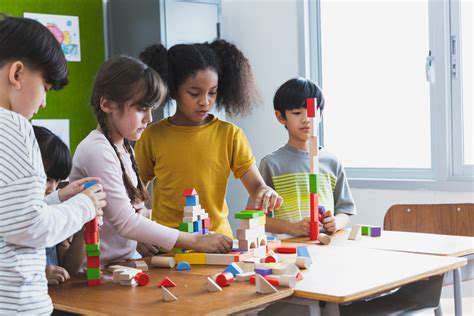

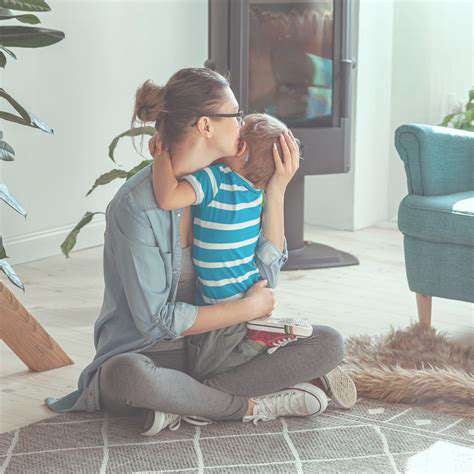
![Guide to Caring for [Specific Cat Breed, e.g., Maine Coon]](/static/images/33/2025-05/HealthConsiderationsforMaineCoonCats3AAProactiveApproach.jpg)

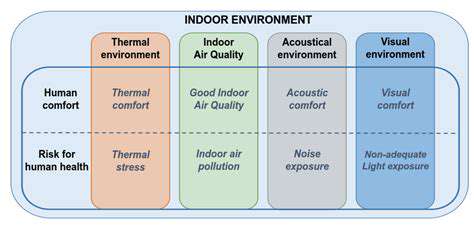

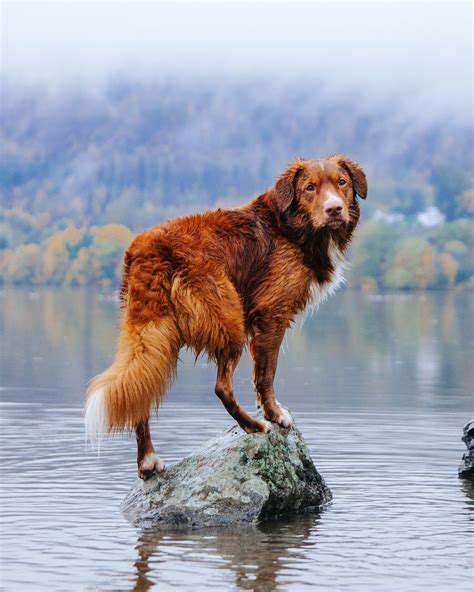
![Guide to Adopting a Senior Dog [What to Expect]](/static/images/33/2025-07/NavigatingSeniorDogHealthConsiderations.jpg)